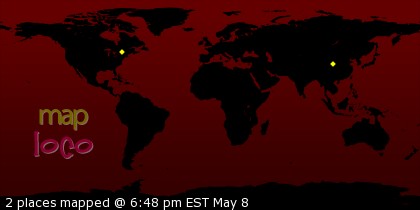Here’s my wisdom for your use, as I learned it when the moose
And the reindeer roared where Paris roars to-night:—
There are nine and sixty ways of constructing tribal lays,
And—every—single—one—of—them—is—right!
You can start a story any way you want, so long as you’re writing well. You can start the way the Icelandic sagas do, by giving the ancestry of an important character and maybe the stories of preceding generations. You can leap into the story in the middle, as Homer did. You can start at the end and work backwards.
“Once upon a time” works as an opening.
One element to consider is how long the story is. A long, slow beginning to a short story is not usually going to work, though I once wrote (and published) a two page short story with a nine page scholarly introduction.
I tend not to change the opening of my stories. For better or worse, it’s where the story began. Something about it was evocative and made me want to go on.
My hwarhath stories tend to start "there was a person named so-and-so." My Big Mama stories begin with a particular Big Mama walking along.
The first opening is from the Icelandic family sagas. The second is from the Lakota stories about the their trickster Itkomi, which begin with Itkomi walking along.
The rule for Lydia Duluth stories is -- Lydia's full name must be given in the first line.
Maybe all of these openings can be described as storyteller openings, like "once upon a time," or "sing, O Muse." They tell you that you are about to hear a story or epic poem.





1 comment:
Thank you. That made my morning.
Post a Comment